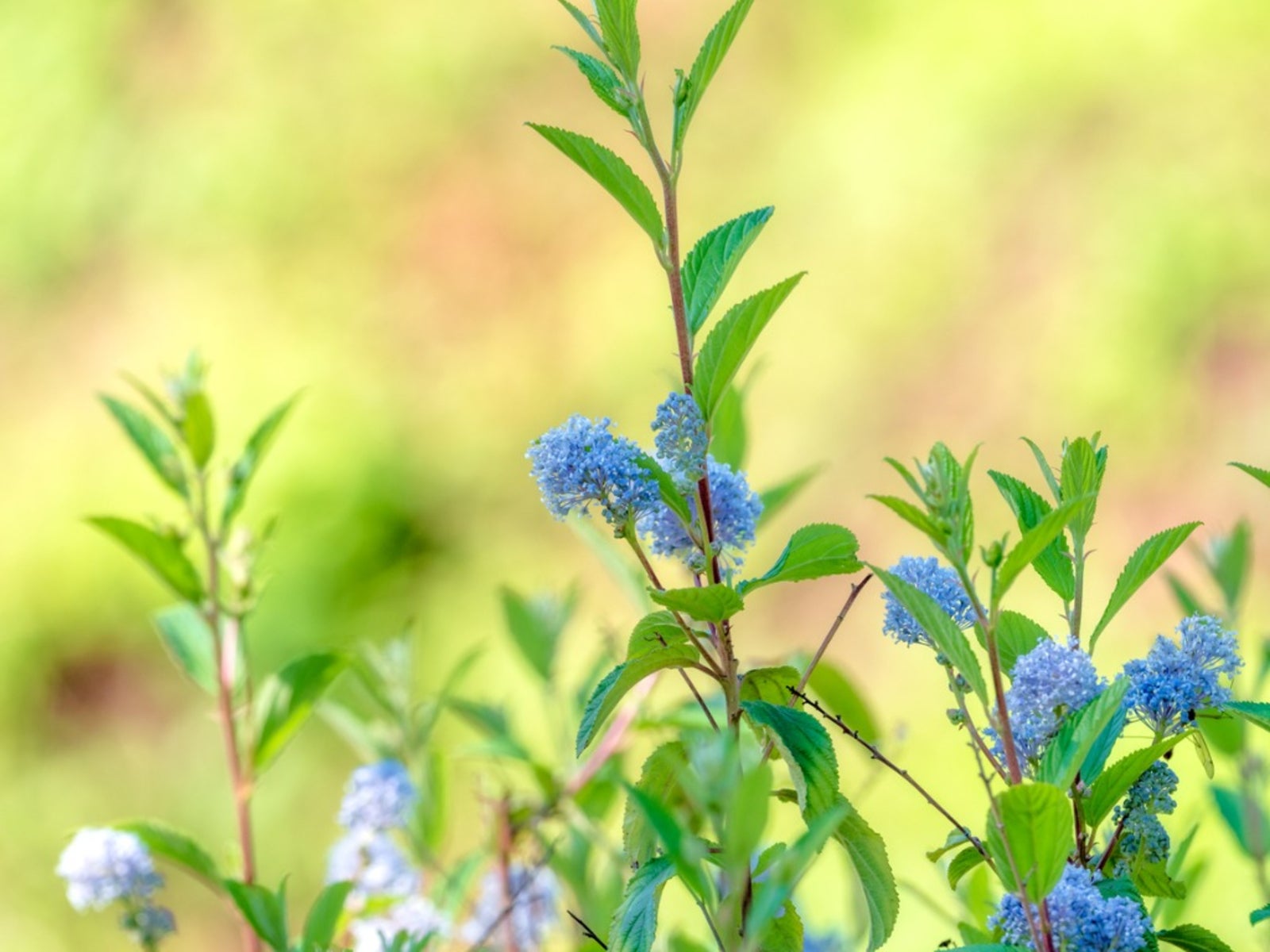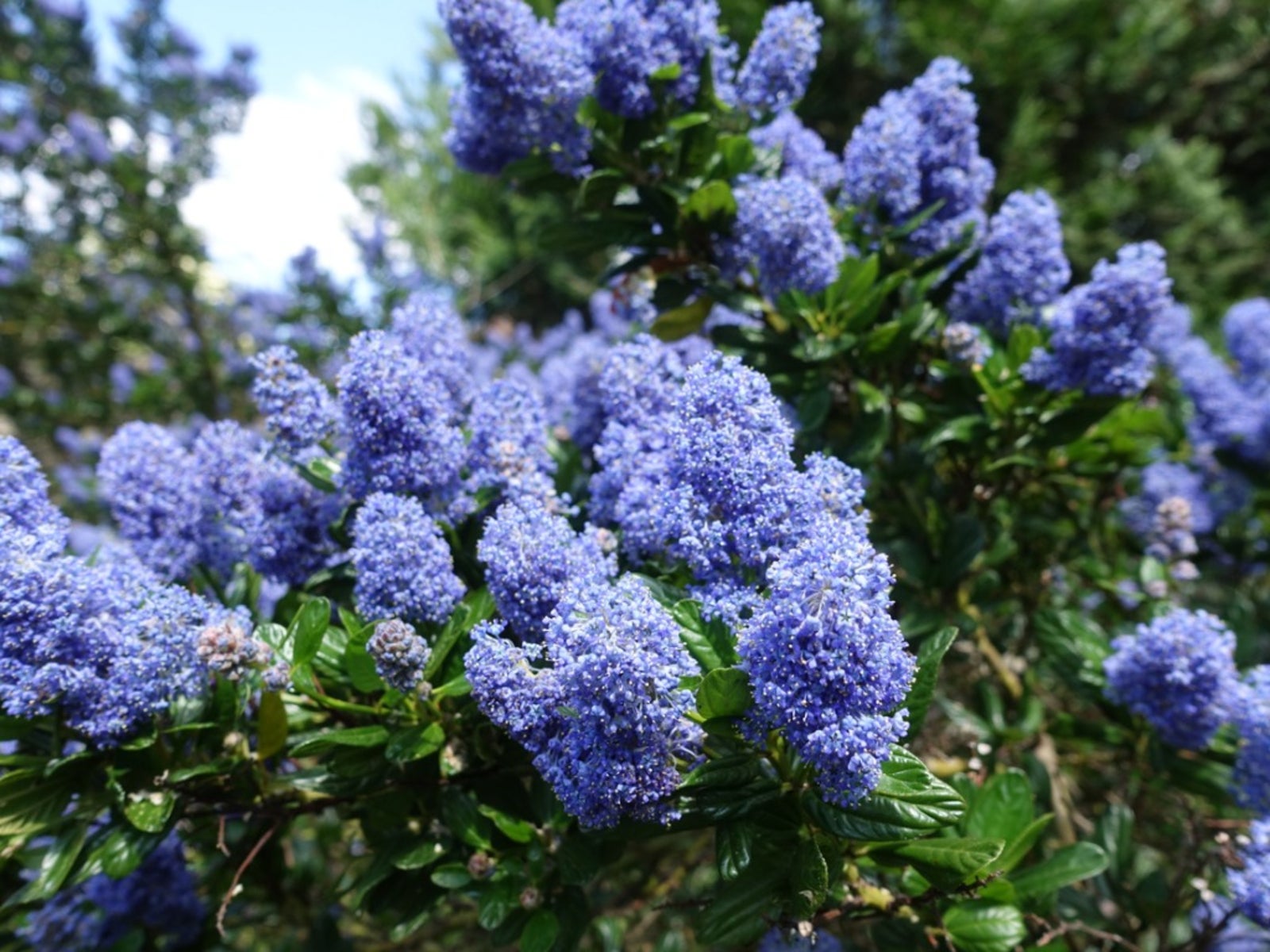New Jersey Tea Information: Growing New Jersey Tea Shrubs


What is a New Jersey tea plant? Even committed tea drinkers may not have heard of this shrub. It’s a compact bush with leaves used to make tea several hundred years ago. Do you want more New Jersey tea information? Read on for tips on how to grow a New Jersey tea shrub.
What is a New Jersey Tea Plant?
The New Jersey tea plant (Ceanothus americanus) is native to the continent, though not just to New Jersey. It grows in the wild in prairies, glades and thickets in the eastern and central parts of the United States. A dense and compact bush, the New Jersey tea plant will usually stay shorter than you are, typically growing to 2 to 3 feet (.6-.9 m.) tall and equally wide. Tiny, creamy white flowers appear on stalks in spring, hanging in fragrant clusters. As with other Ceanothus shrubs, they attract hummingbirds, butterflies and birds. The leaves are dark green above, hairy gray below, with toothed edges. According to New Jersey tea information, new twigs grow in yellow and are attractive in winter. The plants are browsed by white-tailed deer. What is a New Jersey tea plant’s relationship to tea? During the American Revolution, people growing New Jersey tea plants used the dried leaves as a caffeine-free tea substitute.
How to Grow a New Jersey Tea Shrub
Growing New Jersey tea is easy because the plants are very adaptable. They also fix atmospheric nitrogen. The flowering plants make lovely shrub borders even if you aren’t partial to the tea they produce. They serve well as ground cover for difficult areas of your backyard since they don’t require much care. In fact, New Jersey tea shrub care is minimal. That’s because New Jersey tea shrubs are low maintenance plants that tolerate drought and thrive in dry soil, shallow soil and rocky soil. You can easily grow them in well-drained soils in either full sun or part shade. If you are wondering how to grow a New Jersey tea shrub, all you have to do is site the plant appropriately. Ideally, start growing New Jersey tea in sandy loams or rocky soils with good drainage. Although initial irrigation is necessary, once the plant is established, you won’t have to do much shrub care maintenance.
Gardening tips, videos, info and more delivered right to your inbox!
Sign up for the Gardening Know How newsletter today and receive a free copy of our e-book "How to Grow Delicious Tomatoes".

Teo Spengler is a master gardener and a docent at the San Francisco Botanical Garden, where she hosts public tours. She has studied horticulture and written about nature, trees, plants, and gardening for more than two decades. Her extended family includes some 30 houseplants and hundreds of outdoor plants, including 250 trees, which are her main passion. Spengler currently splits her life between San Francisco and the French Basque Country, though she was raised in Alaska, giving her experience of gardening in a range of climates.
-
 Looking For Plants To Give You The Soft And Fuzzies? Try These 5 Fuzzy Leaf Plant Options
Looking For Plants To Give You The Soft And Fuzzies? Try These 5 Fuzzy Leaf Plant OptionsLovers of texture, drama, silver foliage and tactile plants will adore these special sensory garden additions. These fuzzy leaf plant options will leave you all aglow
By Susan Albert
-
 Get Ready For A Summer Of Hummers! Grow These Full Sun Hummingbird Plants and Flowers
Get Ready For A Summer Of Hummers! Grow These Full Sun Hummingbird Plants and FlowersIf you’re lucky enough to enjoy a sunny backyard, make sure you are maxing out on your pollinator opportunities and grow these full sun hummingbird plants and flowers
By Tonya Barnett
